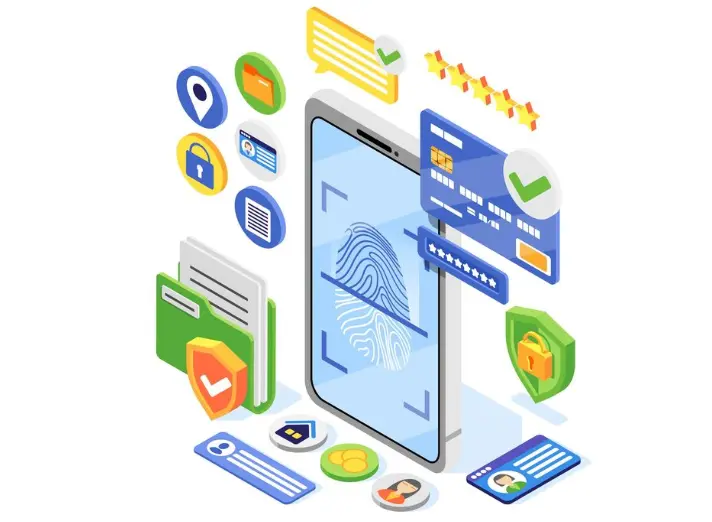Access control systems may vary in types. Each has its own set of features and benefits, making it a top choice for most businesses and organisations. Here’s a breakdown of eight compelling features of access control systems and how they serve users. So, let’s check them out!
1.User Authentication
Access control systems employ a wide range of authentication techniques to identify users and subsequently authorise their entry. This may be PIN codes, biometric scans (such as fingerprints or facial recognition), RFID cards, or mobile credentials. Such multi-factor authentication systems improve security by making sure that only the authorised personnel can access the restricted sections.
2.Role-Based Access Control (RBAC)
This feature enables administrators to grant permissions, depending on the position of a user in the organisation. Let’s look at it this way! A manager might access sensitive financial information, whereas entry-level staff have access to their department-based resources. Overall, access is given based on needs.
3.Remote Access Control
A large number of modern access control systems provide remote management features so that administrators can monitor and control access points remotely over an internet connection. This is especially useful in businesses that have a number of locations. It can make real-time changes to access permissions and receive immediate notification in case of any unauthorised access attempt.
4.Audit Trails and Reporting
Access control systems ensure that records of all entries and exits are kept in a detailed manner, which can be traced during security audits. Reports allow administrators to analyse patterns of access, detect possible security breaches, and enforce adherence to regulatory requirements.
5.Integration with Other Security Systems
Video surveillance, alarm systems, and visitor management solutions can be integrated with access control systems. This interoperability will enable you to have a more effective security strategy. So, you can coordinate responses to incidents as well as share data between various security platforms, providing a more comprehensive situational awareness.
6.Scalability
Access control systems can be configured to accommodate the size of the operation, whether it’s a small business or a large corporation. As the organisation expands, systems can be readily scaled, and new access points or users can be added without major system upgrades.
7.Time-Based Access Control
This feature offers time-of-day or day-of-week access permissions. As an illustration, some employees will be only allowed in during working hours, whilst some will get 24/7 access. This degree of control is beneficial in optimising security by limiting access where it is not needed.
8.Visitor Management
High-end access control systems offer visitor management capabilities, enabling organisations to track and monitor visitors on their premises. This may include prior check-in of visitors, issuing temporary access keys, and tracking visitor traffic, which not only enhances their overall security but also provides a more seamless visitor experience.
Final Words
These features work together to provide a robust framework for managing access to physical and digital resources. Once you invest in a top-notch access control system, it will improve safety and streamline operations within your organisation or business space.
Also Read-
- Speed Control in Pipeline Cleaning: Techniques, Benefits, and Best Practices
- How to Get a Credit Card Lawsuit Dismissed Using Tech
- Puzzle Power: How Crosswords Improve Daily Life


